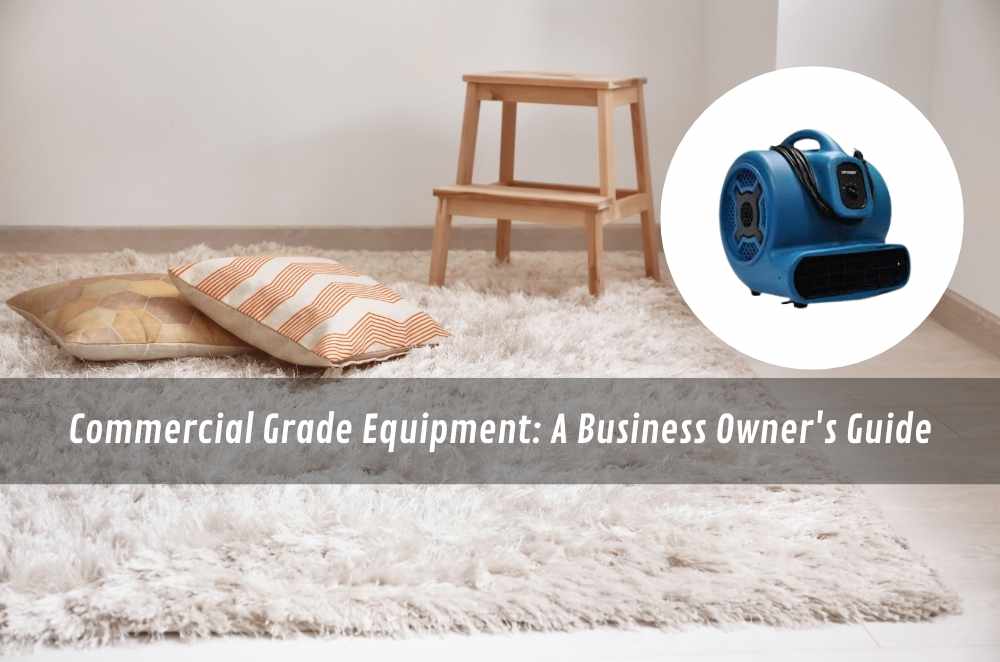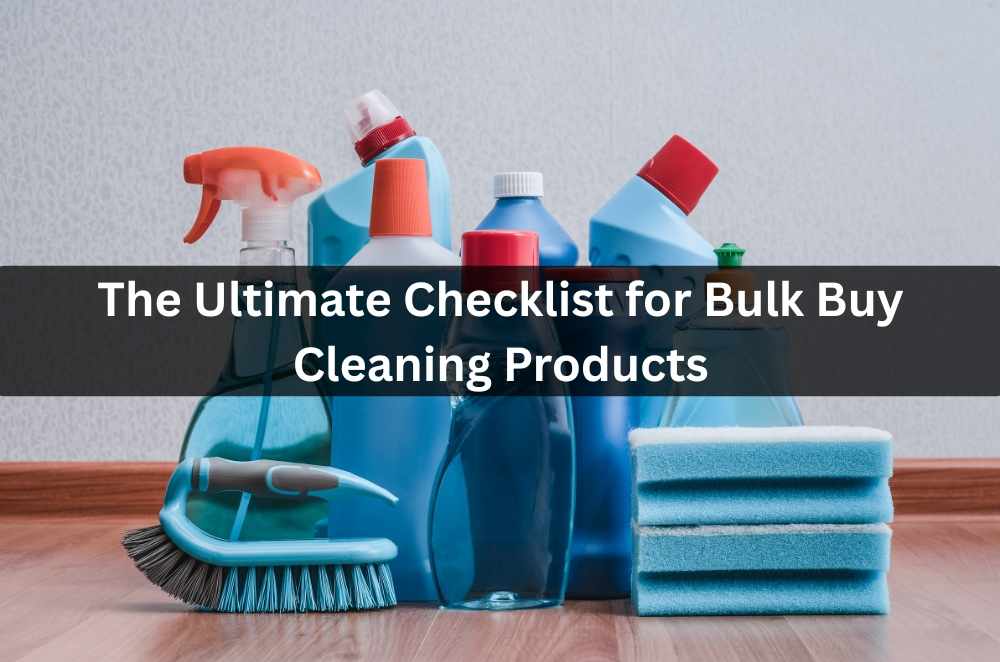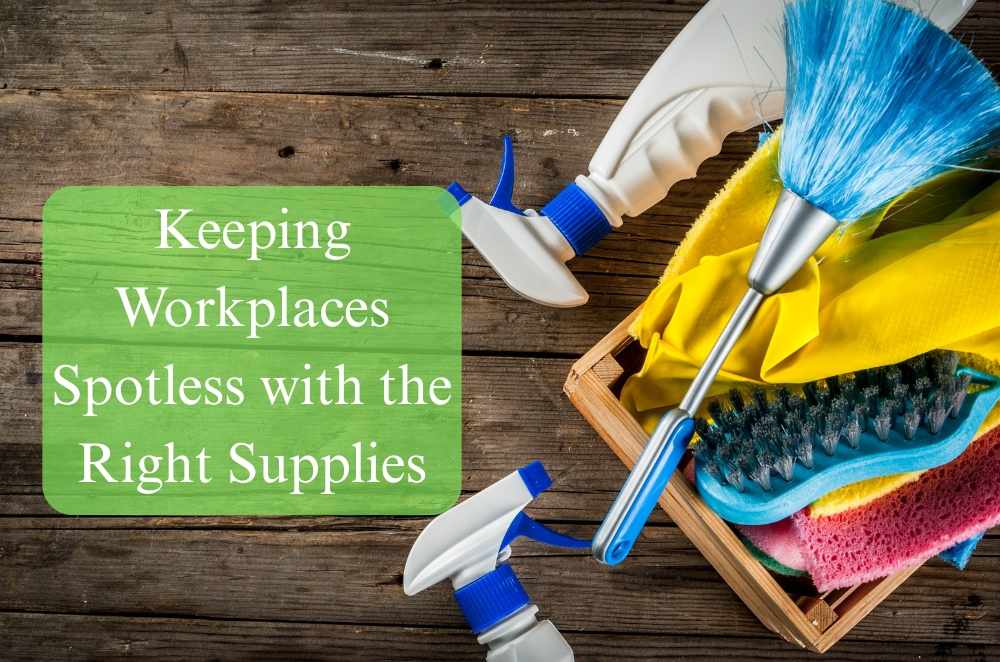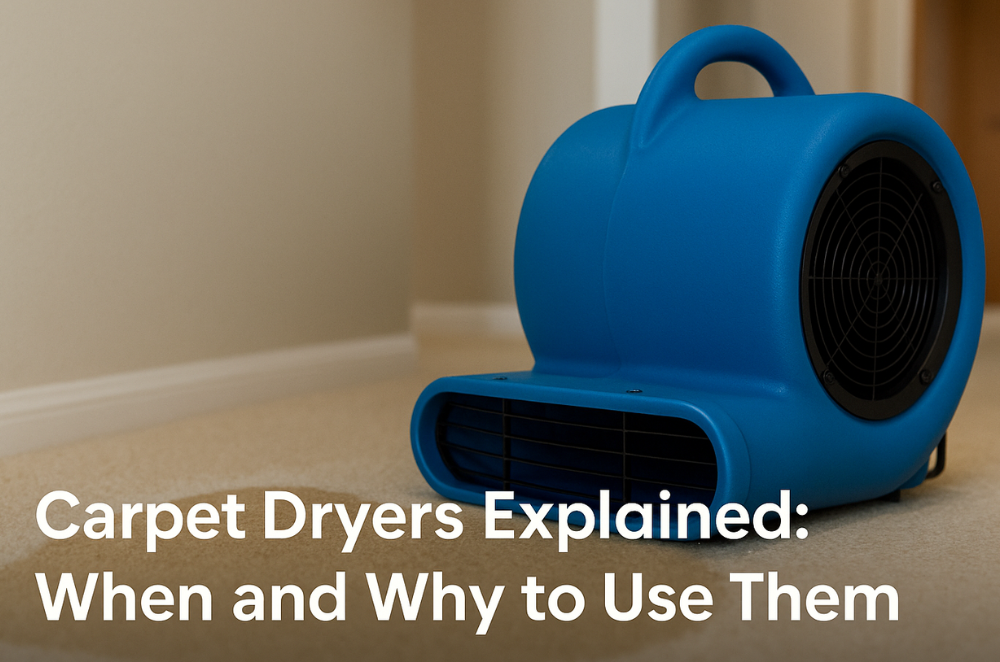
Running a workplace—whether it’s a shop, a warehouse, or a busy office—means juggling safety, presentation and efficiency all at once. Floors play a big role in that. Damp or freshly cleaned carpets can easily slow operations or even create hazards, which is why equipment choices matter. In my experience, the best carpet dryer isn’t about having the largest machine or the flashiest design. It’s about finding a unit that fits the layout, handles the daily grind, and does its job quietly in the background. That balance between performance and practicality is what separates true commercial-grade gear from the rest. In this guide, we’ll look at what “commercial grade” actually means, how to make sense of specs, and the habits that keep drying safe and efficient across retail, office and mixed-use spaces.
What “commercial grade” really looks like
A commercial kit isn’t just tough plastic and a big fan. It’s a set of design choices that reduce downtime and keep teams safe. For carpet drying, that shows up in directional airflow, stable bases, efficient motors and housings that slide under fixtures without turning walkways into obstacle courses. Brands recognised for longevity in demanding environments—like Nilfisk for durable, serviceable builds used in facilities management—often set the benchmark for those design details without needing bells and whistles.
Durable shells and grilles that handle transport and daily handling.
Low, stable footprint to reduce trip hazards around aisles and corridors.
Sensible cable routing and strain relief for frequent setup/pack-down.
Intakes and filters that are easy to wipe, so airflow doesn’t taper off.
A quick on-site example: I’ve used compact, low-profile dryers in a fashion outlet where floor racks sit close to each other. The smaller bodies let us angle air across traffic lanes without blocking the path, and staff could shift units between zones with one hand while serving customers.
Airflow, noise, and placement that actually work
Specs only matter in the context of placement. Point air to skim the carpet surface rather than blast straight down; you’re trying to move moisture-laden air away and invite fresh flow across the fibres. Ergonomic touches—seen on ranges from manufacturers such as Karcher, known for practical handles and low-profile housings—make a difference when units are moved dozens of times a week.
Start with the smallest unit that achieves your drying window; scale by adding units, not by cranking one unit to max.
Aim air across the damp area toward a vent or open pathway to encourage movement out of the space.
Keep noise in check where conversations happen; consistent, lower hums are easier for teams and customers.
Stagger units so airflow paths overlap slightly instead of colliding head-on.
On a recent office clean, we set two low-profile units along opposing walls of a corridor, both angled down the passage. That overlap created a steady stream toward the exit, and carpets came back to touch-dry without leaving cool, damp patches under desks.
Industry context and practical compliance
Retail and office spaces bring unique constraints: open hours, shared access, and quick turnarounds between tasks. Controls such as zoning, signage, and tidy cable runs make the difference between a smooth dry-down and a safety report. When you’re setting standards across multiple sites, it helps to step back and think about the bigger picture. The retail and wholesale trade industry in Australia operates with long trading hours, high staff turnover, and constant customer movement, so drying routines need to match that rhythm rather than interrupt it.
Route leads along walls and protects any crossings with ramps or mats.
Place dryers with a low profile where customers pass, reserving larger units for closed zones.
Use simple, consistent labelling on units so casual staff can set them correctly.
Pair air movers with ventilation; open a return path so moist air doesn’t linger.
I’ve seen teams skip the airflow exit and wonder why areas feel clammy an hour later. As soon as we introduced a clear outflow—door cracked, fan drawing to a foyer—the space felt fresher, and dry times improved.
Building a kit your team will actually use
Dryers don’t do the job alone. They work best when paired with the right accessories and a routine that staff can follow without overthinking. Before switching one on, standing water should be cleared and surfaces tidied so the airflow actually does its job. In practice, I’ve found it makes a big difference to keep a consistent set of modern workplace cleaning supplies alongside the equipment—things like microfibre cloths, simple signage, and doorstops. Having that kit ready means teams aren’t scrambling for bits and pieces every time a spill happens.
Microfibre and squeegees for quick removal before airflow begins.
Doorstops or blocks to lift skirting edges and encourage under-carpet flow.
Compact signage that stands firm but doesn’t dominate narrow aisles.
A light checklist near the storage point so casual staff follow the same steps.
In one shared workspace, we kept a laminated one-pager clipped to the dryer handle. New starters could run the sequence without interrupting the supervisor, and drying became a routine rather than a scramble.
Sourcing decisions without the drama
Accessing gear for everyday tasks versus occasional surge calls for clear thinking about Accessing gear for everyday tasks versus occasional surges calls for clear thinking about storage, transport, and timing. If you maintain several sites, it helps to choose units that stack neatly, fit on standard trolleys, and store in small cupboards without eating valuable space. Supply chains aren’t always stable, and the way stock moves through different channels can shape what ends up available for smaller operators. Looking at how wholesale impacts small businesses makes it easier to time equipment purchases, avoid unnecessary shortages, and plan rotations with confidence.
Choose common plug types and cable lengths to simplify site swaps.
Keep a standard layout plan per room type (entry, corridor, open-plan) to speed setup.
Log hours on each unit; rotate usage so one machine doesn’t carry all the load.
Review storage spots so units don’t migrate into ad hoc cupboards and vanish.
A practical habit that’s saved me time: colour-tag leads and handles by area or floor. When a unit goes wandering, it’s easy to return it to the right cupboard without chasing messages across teams. Industry publications such as Australian Equipment News often highlight practical trends—like compact footprints and modular accessories—that make multi-site deployment easier without overcomplicating training and storage.
Safe deployment in live environments
Dryers in active areas need extra care. Where customers or visitors move through, think like a traffic planner. Keep air paths clear, cords tucked, and signage readable but discreet. If you’re working near entries, shrink the footprint: one compact unit at the edge of the zone beats a bulky body in the flow of people.
Place units so the base sits flush with fixtures and doesn’t protrude into walkways.
Angle airflow across the damp patch rather than straight at passers-by.
Check intakes after dusty works; blocked vents cut performance quickly.
Keep noise steady and predictable; sudden pitch changes draw attention.
A simple routine after closing—wipe intakes, coil leads, and return units to the same shelf—means the next shift starts clean. That predictability makes teams faster and avoids the “where did it go?” dance.
Final thoughts
Commercial grade isn’t a badge; it’s a set of choices that make daily work smoother. Match airflow to the way your space breathes, keep profiles low where people pass, and back each unit with simple habits your team can repeat without thinking. If there’s one constant across sites, it’s this: the tool you reach for quickly gets used more often and with better results. Set up for that reality, and your floors bounce back faster, staff move confidently, and customers notice the difference without ever needing to think about why.








Write a comment ...